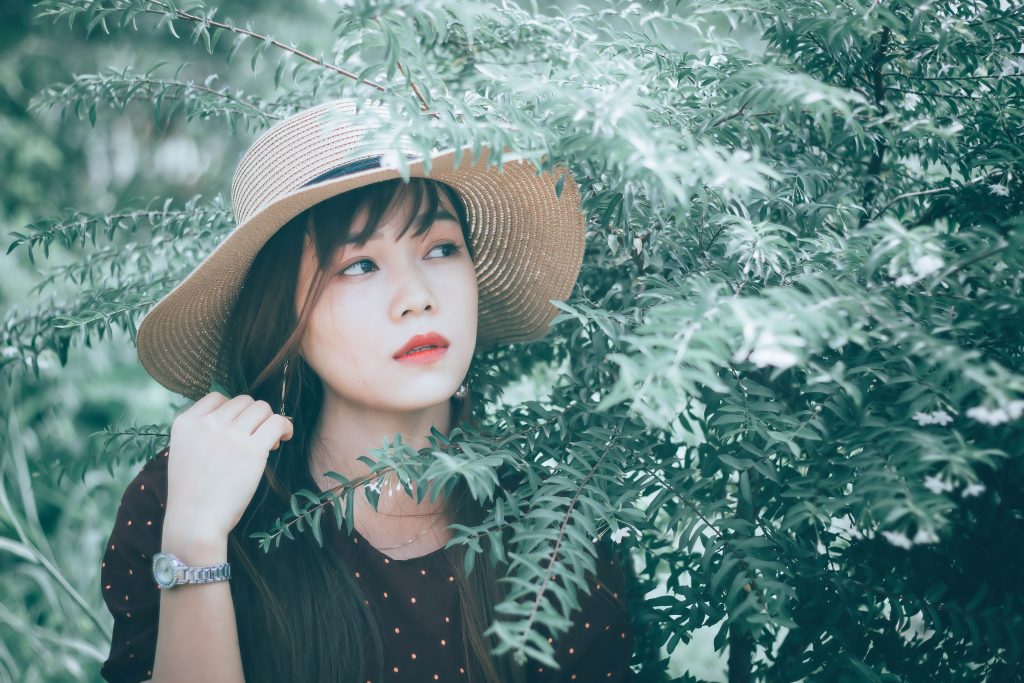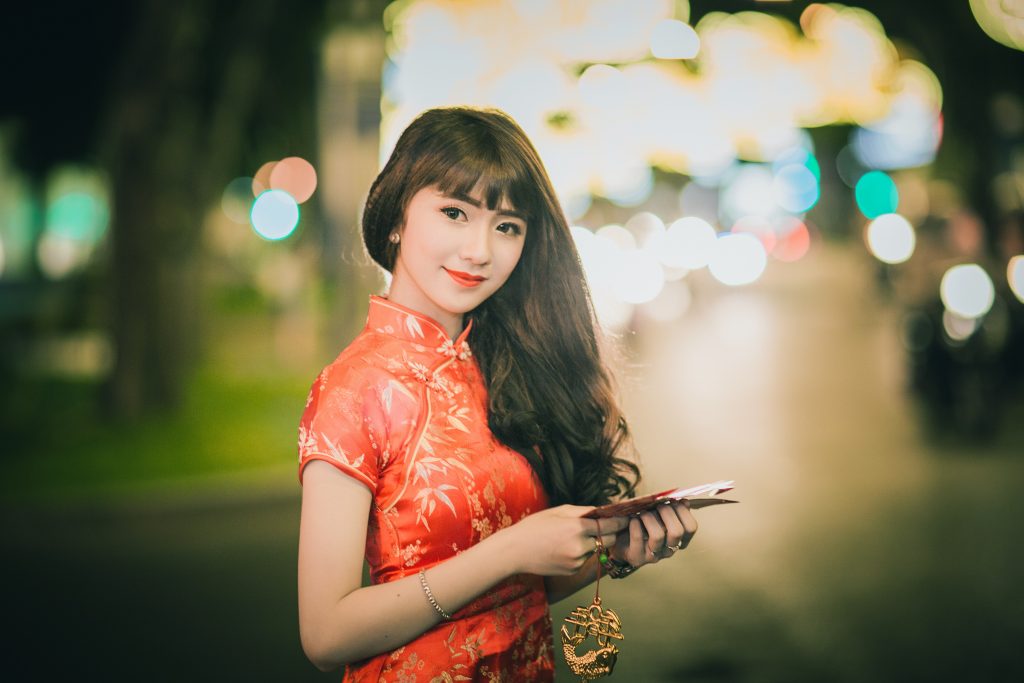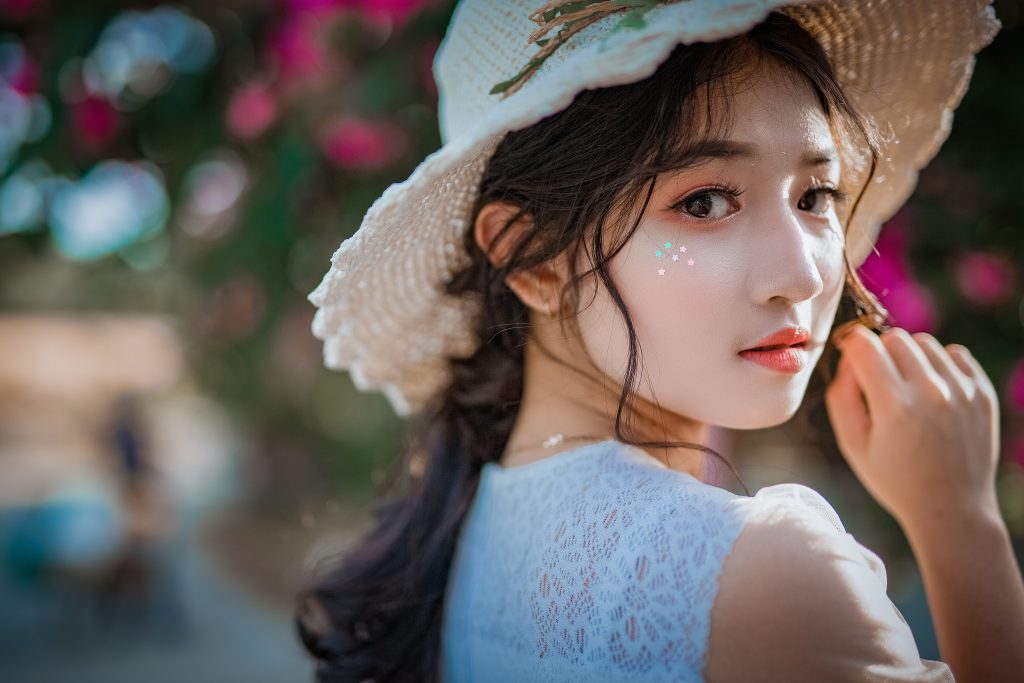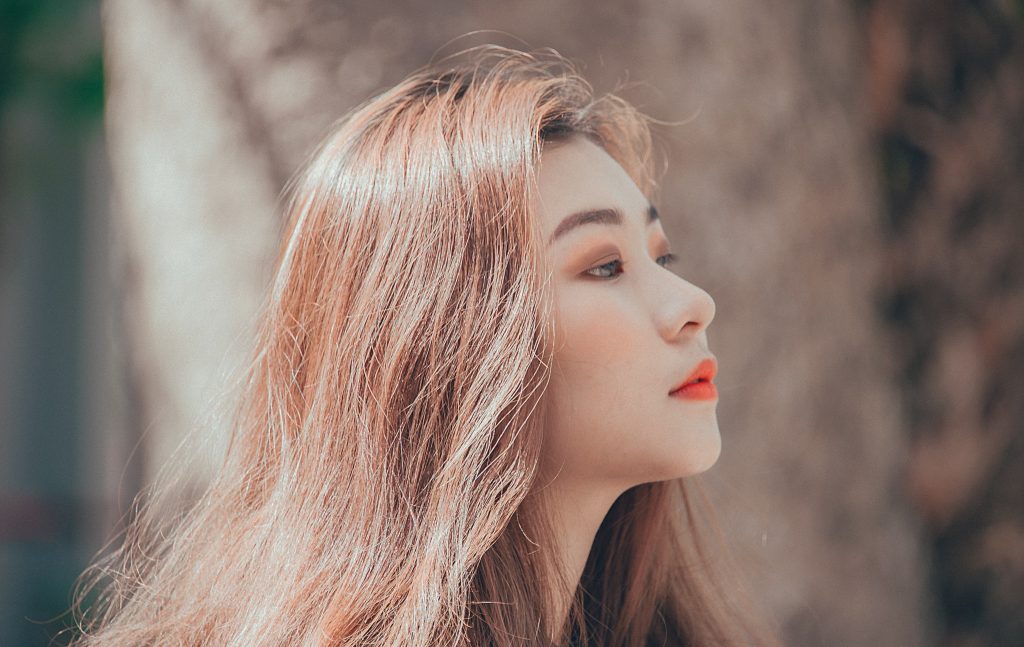Why Do East Asians Want Pale Skin? It Has Nothing to Do with Western Beauty Standards
In East Asia, it’s not uncommon to find people fully-dressed on beaches, carrying umbrellas on sunny days, or wearing full face-covering masks in parks. Women in particular go to extreme lengths to achieve pale skin whether it’s through obsessive whitening skin care routines or melanin-reducing injections. But where did all of this come from?
Some western media outlets like to report that this desire to have clear, white skin is a reflection on East Asians wanting to look more European. However, these hypotheses barely scratch the surface when discussing the origin of the pale skin beauty standards.
In China, Japan and Korea – long before exposure to European beauty standards – tan skin was associated with lower-class field work while having pale skin signified social prestige.

For these same reasons, European women during the Renaissance period also frequently turned to dangerous methods to achieve pale and unblemished skin. Some women even painted mercury on their faces or applied leeches to their skin to achieve their desired complexion.
According to Global Industry Analysts, China makes up for roughly 40% of all whitening product sales in Asia, Japan makes up for 21% and South Korea, 18%. Each of these three countries have their own variations of practices and histories associated with this beauty standard. So exactly how and when did this multi-billion-dollar industry kick off?
China

White skin has been considered to be desirable by Chinese women as far back as the Han Dynasty (206 B.C. – 220 A.D.). People believed that the color of one’s skin was reflective of their social status – having pale skin showed that you had the luxury of being able to relax indoors instead of working in the fields.
These beauty standards had an impact on food trends as well. During the Ming Dynasty (1368 – 1644 A.D.), Chinese medicine manuals recommended consuming certain foods to achieve lighter skin. Among some of these recipes were the “three white soup” which consisted of white peony root, white atractylodes, white tuckahoe and liquorice. A different, slightly stranger, remedy recommended swallowing pearls that had been ground up into powder.
There are several variations of an old Chinese saying that is still often repeated today. It goes, “White skin can help conceal 100 other defects in your appearance.” Pale skin has been a beauty standard in China for a very long time and even today, roughly 40% of Chinese women regularly use skin-whitening products according to a World Health Organization study. Concerningly, some Chinese skin lighteners still contain mercury which can cause serious health issues and therefore have been banned in the U.S.
Japan

Similar to China, there is an old Japanese proverb which states that “a fair complexion hides seven flaws.” Long before any contact with Europeans, the Japanese believed pale skin was beautiful while darker skin was often viewed as unattractive.
During the Nara period (710-794) and up until the Heian Period (794 – 1185), cosmetic products for skin whitening became closely associated with nobility. Women often applied liberal amounts of white powder, called oshiroi, to their faces which was also used by kabuki actors and geishas. During the Edo period (1603 – 1868) the beauty standards shifted slightly, and women began seeking a more natural-looking pale complexion.
Back in the old days, it was considered good etiquette for a Japanese woman to wear makeup and these women were often expected to keep their white makeup on from early mornings into late nights – even when they were in the bath. The process of applying makeup was also considered to be an act that should not be seen by others.
Korea

K-pop idols and Korean actors are known for frequently lightening their skin color in photos, like many other celebrities across Asia. This preference for white, blemish-free skin dates back all the way to the Gojoseon Era (2333 B.C. – 108 A.D.) — the first dynasty in Korean history.
For similar reasons to China and Japan, ancient Koreans with pale skin were often told they looked noble. Smooth, pale skin of both noble men and women were described as resembling pale jade.
Ancient Koreans have also sought skin-lightening methods during these periods. Women often applied dregs of honey or miansoo lotion to their skin while upper class children of the Goryeo dynasty (918-1392) are said to have washed their faces with peach flower water for white, transparent skin.
Today, the Korean plastic surgery industry has developed everything from skin bleaching procedures to skin-lightening injections for porcelain skin – many plastic surgeons believe popular Korean celebrities have also undergone similar procedures. Women can often be seen wearing foundation several shades lighter than their real skin tone and applying filters to their photos to lighten the skin.
Western influence

Light skin is still frequently associated with wealth, privilege and status in Asian countries, and the skin whitening industry is only projected to grow further in the following years. However, some believe that the spread of capitalism and western culture has further complicated this beauty standard by associating Caucasians and the global wealth and power of the U.S. with white skin.
A study on the use of Caucasian models in the Asian beauty industry found that 44% of Korean and 54% Japanese advertisements featured Caucasian models. Even when local models were used, the color of their skin remained, for the most part, pale. A different report that examined racial representation in the Korean magazine “Céci” discovered that while Asian women were pictured more than any other race, white women were not far behind and other races were largely absent in the publication.
However, while modern-day exposure to European beauty standards has certainly added another layer in this desire for pale skin, Asia has always created its own beauty standards. Therefore, this quest for white skin is less an attempt to emulate Caucasian features and more to do with wanting to be perceived as wealthy and higher class within Asian societies. Regardless, the popularity of skin whitening products despite its dangers, shows the prevalence of colorism within East Asia and the extreme lengths both women and men are willing to go fit into these beauty ideals.
The post Why Do East Asians Want Pale Skin? It Has Nothing to Do with Western Beauty Standards appeared first on NextShark.
Contributer : NextShark



 Reviewed by mimisabreena
on
Friday, February 15, 2019
Rating:
Reviewed by mimisabreena
on
Friday, February 15, 2019
Rating:















No comments:
Post a Comment